I Want to Buy Fine Art Prints Online: A Buyer's Guide
The internet has revolutionized art acquisition, opening up a world of possibilities for collectors of all levels. It introduces a diverse collection of artists to the average buyer in a manner that no local art fair can. However, buying limited editions or fine art prints online requires some due diligence. This guide explores best practices for discovering emerging artists, assessing value, negotiating prices, and understanding the advantages and disadvantages of online art purchasing.
Finding Emerging Artists: Beyond the Algorithm
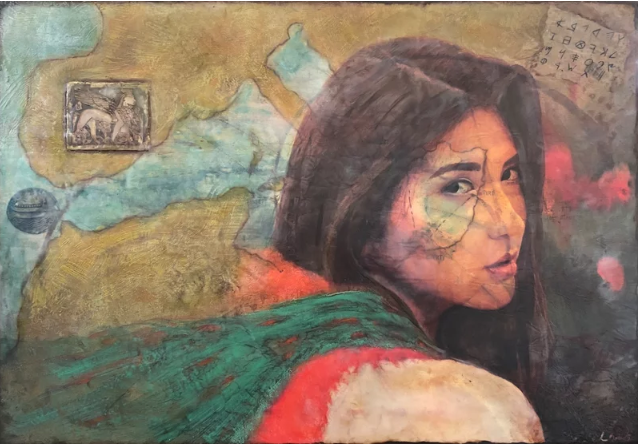 A multifaceted approach works best to discover promising artists online. If you just' Google' it, you are subject to simple algorithm-driven searches. While platforms like Instagram, Pinterest, and TikTok can showcase vibrant visual work, critical evaluation is paramount. Don't solely rely on follower counts (these can be faked) or superficial aesthetic appeal (this can be photoshopped). Consider these strategies:
A multifaceted approach works best to discover promising artists online. If you just' Google' it, you are subject to simple algorithm-driven searches. While platforms like Instagram, Pinterest, and TikTok can showcase vibrant visual work, critical evaluation is paramount. Don't solely rely on follower counts (these can be faked) or superficial aesthetic appeal (this can be photoshopped). Consider these strategies:
Explore Online Art Communities and Forums:
In an online universe beyond Facebook and Reddit, artists gather to discuss, post work, and socialize. Here, the cream rises quickly to the top. This technique works because the art you see will be posted by its creator to connect to the ART community. Engage in discussions, ask for recommendations, and discover artists actively engaging with their audience. Here are a few to get you started:
- https://www.deviantart.com/
- https://www.reddit.com/r/Art/
- https://www.doodlersanonymous.com/
- https://www.artfinder.com/
- https://www.saatchiart.com/
Attend Online Art Fairs and Exhibitions:
Many galleries and organizations now host virtual art fairs and exhibitions. This is a good hunting ground if you are seeking more established artists. These events provide a curated selection of artists and offer an opportunity to learn about their work directly from them or their representatives. These are excellent:
- https://www.artbasel.com/basel/the-show
- https://ocula.com/art-fairs/city/all/order/all/1/
- https://artfairsourcebook.com/
- https://www.theartnewspaper.com/2024/06/13/the-art-fair-social-media-power-list
Follow Curated Accounts and Blogs:
Numerous online platforms and blogs specialize in showcasing emerging artists. This is tricky because everyone has an opinion, but not everyone's opinion is of equal value. Look for resources that provide critical art commentary and insights from established sources, not just pretty pictures. I have gathered a few worthy sources for you to start with:
Seek Out Artist Residencies and Programs:
Artist residencies and programs often feature the artists' work for sale online and provide information on their backgrounds and artistic development. These are generally emerging artists who seek to develop their talent in a committed way. Here are some of the best:
- https://www.arkproject.center/
- https://www.nationalparksartsfoundation.org/haleakala
- https://www.andersoncenter.org/residency-program/
- https://www.jthar.com/
Visit Art Schools and University Websites:
Many art schools and universities have online galleries displaying student and faculty work. This is a great place to discover talented artists early in their careers and buy at affordable prices.
- https://art.as.miami.edu/gallery/index.html
- https://www.artsonia.com/
- https://polkmuseumofart.org/student-gallery
- https://www.art.yale.edu/exhibitions
- https://artdesign.gsu.edu/gallery/
Determining Value: Beyond the Hype
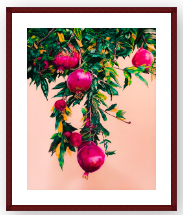 Assigning monetary value to art is complex. Established artists have well-defined market values based on a broad appreciation of their talent and artwork. However, assessing the potential value of an emerging artist's work requires a different approach. Instead of focusing on immediate economic return, consider these factors:
Assigning monetary value to art is complex. Established artists have well-defined market values based on a broad appreciation of their talent and artwork. However, assessing the potential value of an emerging artist's work requires a different approach. Instead of focusing on immediate economic return, consider these factors:
Artist's Background and Training:
Research the artist's education, experience, and exhibitions. A solid educational background and participation in reputable exhibitions suggest a higher skill level and commitment.
Artistic Style and Technique:
Consider the artist's unique style, technical proficiency, and the originality of their work. Look for distinctive elements that set their art apart and suggest lasting appeal.
Critical Reception:
Search for reviews, articles, or blog posts that discuss the artist's work. The positive critical response indicates recognition within the art community.
Artwork Condition:
For prints, examine the quality of the paper, ink, and printing process. Look for any signs of damage or imperfections. High-resolution images are crucial for assessing conditions online. Request additional photos or videos if needed.
Edition Size and Numbering:
A smaller edition size generally increases the value of prints. Ensure the print is numbered correctly and signed by the artist, indicating authenticity. Look for information regarding the printing techniques used (e.g., giclée, silkscreen, lithograph).
Buying Direct from the Artist vs. Third-Party Retailers:
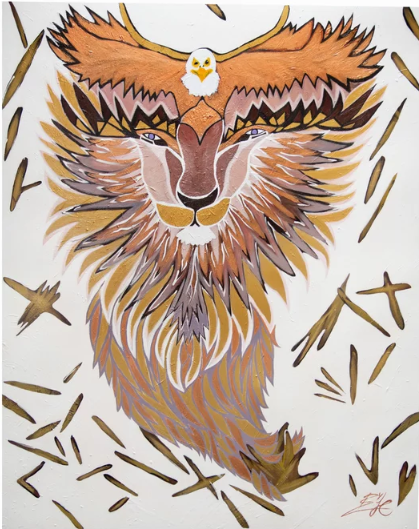 Buying directly from the artist offers several advantages:
Buying directly from the artist offers several advantages:
Lower Prices:
Eliminating gallery or retailer markups can save significant costs, especially for emerging artists.
Building a Direct Relationship:
This fosters a connection with the artist and allows personalized communication and potential future collaborations.
Support for the Artist:
Purchasing directly provides more significant financial support to the artist.
Guaranteed Authenticity:
Buying directly minimizes the risk of counterfeit or misrepresented artwork.
However, buying from artists directly also has potential drawbacks:
Limited Payment and Shipping Options:
Artists might have fewer payment options or shipping services than established retailers.
Higher Risk:
There's a slightly higher risk of encountering issues with delivery or communication.
Less Customer Service:
Artists may have a different level of customer service infrastructure than larger retailers.
Conversely, buying from galleries or home decor stores offers convenience and established processes but often at a higher price point with less direct artist support. They may also provide framing and delivery services that individual artists might not.
Negotiating Price:
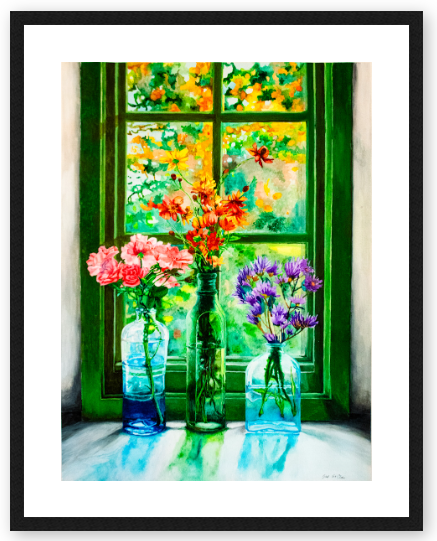 Negotiating prices with artists is often possible and encouraged, especially when purchasing multiple prints or larger-sized pieces. Be polite, respectful, and appreciative of their art—research comparable prices for similar artworks from the same or similar artists.
Negotiating prices with artists is often possible and encouraged, especially when purchasing multiple prints or larger-sized pieces. Be polite, respectful, and appreciative of their art—research comparable prices for similar artworks from the same or similar artists.
Here's a suggested approach:
- Express genuine interest: Show enthusiasm for the art and the artist's work.
- Offer a fair price: Research similar artworks online to support your offer.
- Be prepared to compromise: Negotiate a mutually acceptable price.
- Maintain professionalism: Keep your communication respectful and professional.
Advantages and Disadvantages of Online Art Purchasing:
Advantages:
More comprehensive Selection:
Access to a global marketplace of artists and artworks far exceeds what's available in local galleries.
Convenience:
Shopping from the comfort of your home, 24/7.
Cost Savings:
Potential for lower prices due to direct purchasing and reduced overhead costs for artists.
Easy Comparison Shopping:
Easily comparing artworks from multiple artists and retailers.
Detailed Information:
Access to detailed information about the artwork, artist, and printing techniques.
Disadvantages:
Lack of Physical Inspection:
The inability to physically see and assess the artwork before purchase presents a risk. High-resolution images are crucial to minimize this risk.
Shipping and Handling:
Shipping costs and potential damage during transit are vital concerns.
Risk of Fraud:
Counterfeit artworks or scams are a genuine risk; cautious verification is essential. For any original work, get a certificate of authenticity.
Limited Customer Service:
There is less direct access to customer service than brick-and-mortar galleries.
Copyright Infringement:
Verify that the artist holds the proper copyright before purchasing. Google image search works amazingly well.
Conclusion:
Buying fine art prints, limited editions, and original works online offers distinctive opportunities to discover talented young artists and build a personal collection. However, carefully considering the above factors is critical for making informed and successful purchases. I recently helped a gallery owner ferret out an artist they represented who passed off photoshopped pics as prints of original works.
Remember that due diligence, critical assessment, and direct communication with artists are paramount to navigating this exciting and dynamic marketplace. By following these best practices, you can confidently acquire art prints that bring aesthetic pleasure and long-term value to your collection. - Shel St. Clair (Artist) and Jon F. Sazonoff (Art Historian & Art Crime Expert) in collaboration
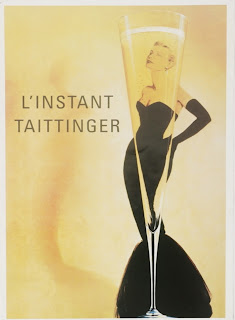

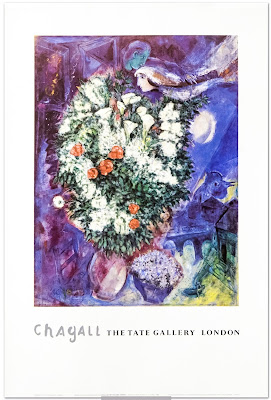
Comments
Post a Comment